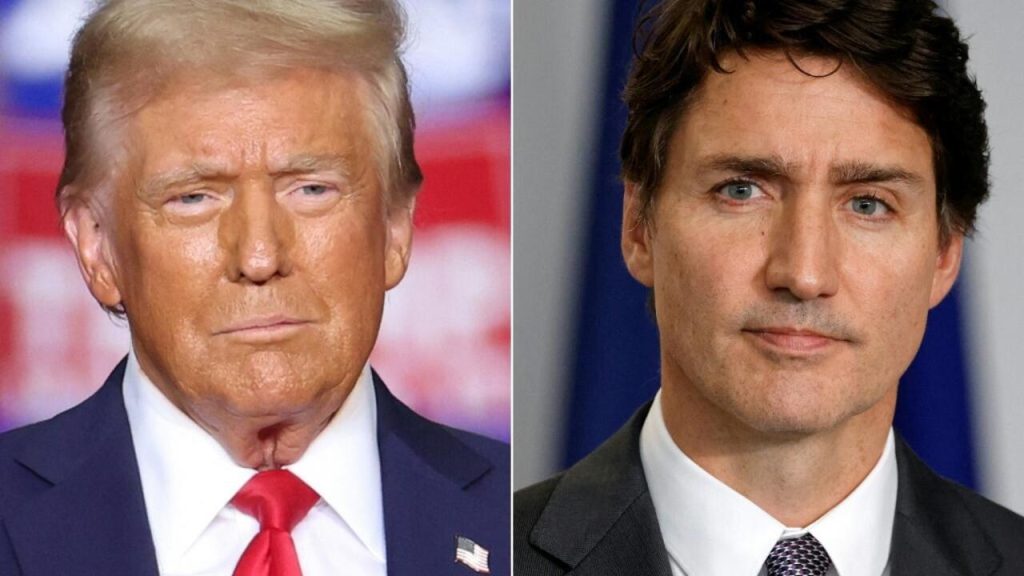By Agency Report
United States President-elect Donald Trump recently lured Canada with no tariffs to join the United States of America.
This came following the resignation of Justin Trudeau as Canadian Prime Minister.
The Canadian Prime Minister Justin Trudeau, last Monday, announced his resignation after nearly nine years in office, citing internal party pressures and his declining popularity as factors in his decision.
Trudeau, in a press conference, stated that he would remain in office until the Liberal Party selects a new leader.
Also read
He also announced that parliament would be suspended until March 24.
“This country deserves a real choice in the next election, and it has become clear to me that if I’m having to fight internal battles, I cannot be the best option in that election,” Trudeau said.
Reacting to the resignation in a post on social media, Trump said if Canada merged with the U.S, there would be no tariffs, adding that taxes would go way down and they would be totally secure from the threat of Russian and Chinese ships that are constantly surrounding them.
“Together, what a great nation it would be,” he added.
Again, on December 18, Trump suggested on his social media platform Truth Social that Canada should become the 51st state of America. “No one can answer why we subsidize Canada to the tune of over $100,000,000 a year? Makes no sense! Many Canadians want Canada to become the 51st State,” he wrote.
In January this year, Trump and his supporters continued talks of Canada joining the US. In a January 7 press conference, he ruled out the use of military force to annex Canada but said that he would use “economic force” instead.
Trump’s proposals have been widely decried by America’s northern neighbour with Trudeau stating that there wasn’t “a snowball’s chance in hell” of Canada becoming America’s 51st state.
However, looking at the early history of the United States, and certain Canadian annexation movements, territorial expansion does not seem outside the realm of possibility.
Territorial expansion of the US
The United States of America was formed after 13 British colonies declared independence from the British Empire in 1776.
Its first major expansion came in 1803 when it purchased Louisiana from the French, nearly doubling the country’s territory.
In 1845, disputes across the southeastern border led to the Mexican-American War. Emerging victorious, the US obtained the northern half of Mexico, including what is now the state of California.
In 1869, a second petition was addressed to President Ulysses S. Grant, asking him to negotiate American annexation of the territory from Britain. It was delivered to Grant by Vincent Colyer, Indian Commissioner for Alaska, on December 29, 1869.
The French Catholics in what is now Canada were not eager to join the United States because so many of the leading American patriots, especially at the beginning of the war for independence, were from staunchly Protestant New England.

